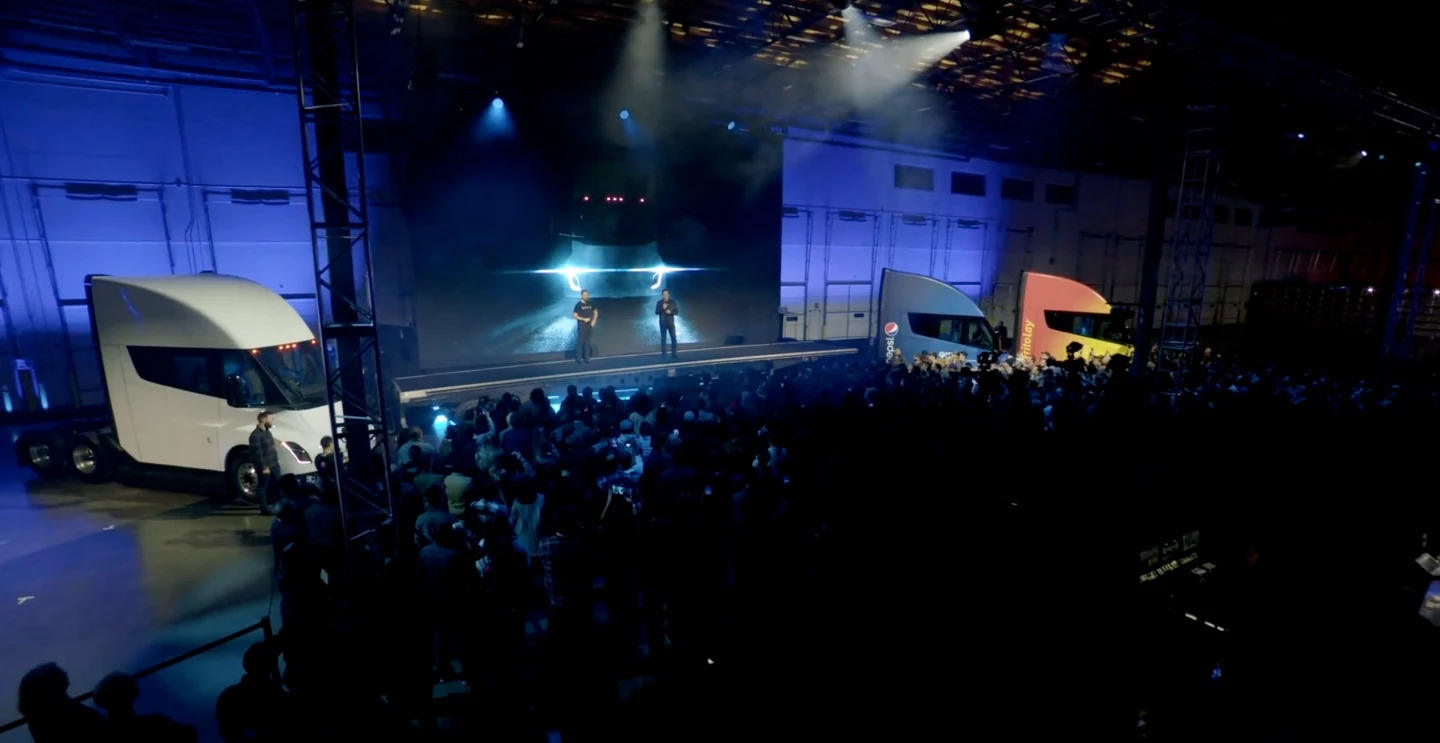Tesla’s long-awaited Semi truck is now being rolled out to its first customers, with the first production models landing in the hands of food and beverage giant PepsiCo. The automaker revealed the news at a launch event on Friday, while sharing some impressive details on the electric big rig’s range and performance.
Tesla first flagged an all-electric heavy-duty truck in CEO Elon Musk’s Master Plan, Part Deux back in 2016, with the aim of improving the costs and safety associated with cargo transport, and of course its environmental footprint. The Tesla Semi was revealed a year later, with pre-orders from the likes of Budweiser following and deliveries planned for 2019.

The pandemic and other factors combined to delay these deliveries for three years, but the Semi has since been put through “hardcore” testing in a range of conditions, according to Musk at the launch event on Friday. The vehicle’s powertrain shares the same tri-motor configuration and carbon-sleeve rotors as the ridiculous Model S Plaid, which Tesla says affords it three times the power of any diesel truck on the road.
One of those motors is constantly engaged, while two of those motors, for torque and acceleration, can actually disconnect so that they’re not spinning unnecessarily, Musk explained, improving the efficiency of the truck along the highway. It even does so while pulling 82,000 lb (37 metric tons), and has an ability to tackle everyday inclines with speed, with regenerative braking capturing kinetic energy on the way down.

This powertrain was put through its paces on a November 25 test drive, in which a fully-loaded Tesla Semi straight off the production line weighing 81,000 lb (36.7 tons), traveled 500 miles (804 km) on a single charge.
“This wasn’t some ultra-clean, precise test track simulation, or something where we shut down a road,” said Tesla engineering chief Dan Priestley. “Nope, this is real-world … this is with traffic, this is true 500 miles.”
The video of this test run offers a look at life inside the cabin, with drivers seated in the center and large touchscreen displays on either side. Designing the cabin around the driver in this way also allows them room to stand up and change clothes, along with space for personal cargo storage and wireless device charging.

With an aerodynamic design that is more “bullet” than "barn door," Tesla claims the Semi uses less than 2 kWh of energy per mile (1.6 km). It has also developed new charging technology with liquid-cooled cables to deliver megawatt-class charging, which Musk said will also be available for the Tesla Cybertruck when it goes on sale.
Deliveries are now underway, Musk confirmed at the end of the presentation, with the first cargo runs packed with snacks from PepsiCo subsidiary Frito-Lay completed a day earlier.
You can check out the full presentation below.
— Tesla (@Tesla) December 2, 2022
Source: Tesla (Twitter)






